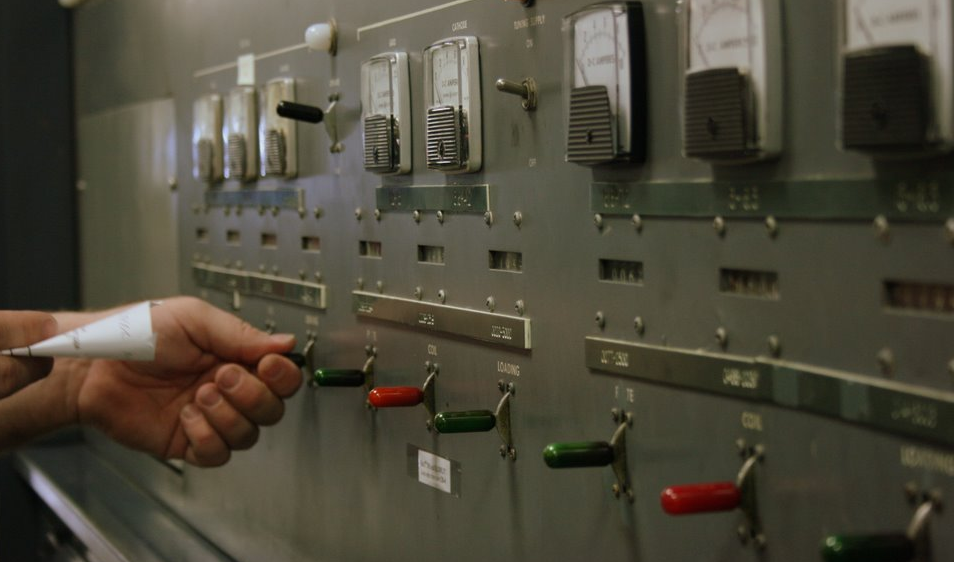Radio Svoboda: June 25, 2016
/Live, off-air recording on 25 June 2016 of the last couple of hours or so of the final evening broadcast of Radio Svoboda (Radio Liberty) in Russian on shortwave. The recording starts at about 19:22 UTC using the frequency of 5995 kHz. The transmission on this frequency was from a 100 kW transmitter at Lampertheim, Germany, operated by the United States International Broadcasting Bureau, with an antenna beam azimuth of 55°. Just before 21:00 UTC, this transmitter left the air and the receiver was retuned to 9540 kHz for the continuation of the broadcast. The transmission on this frequency was also from a 100 kW transmitter at Lampertheim, with an antenna beam azimuth of 75°. The broadcast ended just before 22:00 UTC.
The recording begins with the program "Vremya Dzhaza" (Jazz Time), moderated by Dmitry Savitsky, in progress. It is interesting that one of the last broadcasts of Radio Svoboda on shortwave included jazz music considering how important jazz was for fostering U.S. culture and lifestyle during the Cold War. At 20:00 UTC, there is a five-minute news bulletin, followed by the program "Kult Lichnosti" (Cult of Personality). It features an interview with Yevgeny Bunimovich, famed Russian poet, mathematician, and politician. At 23:00 UTC, there is another five-minute news bulletin, followed by the program "Itogi Nedeli" (Results of the Week), a discussion of the week's news.
Signal quality at the beginning of the recording (on the frequency of 5995 kHz) is quite good. There is about a minute of silence around 20:00 UTC while the radio is retuned. After the station changes frequency, the signal is not as good. Also, there is now interference in the background from a Chinese station. Between about 21:22 and 21:32 UTC, the Radio Svoboda transmitter is off the air. When it comes back, the signal is a bit stronger and stays that way until the end of the recording.
The broadcast was received by the Web-interface wideband software-defined radio at the University of Twente in Enschede, The Netherlands, with a "Mini-Whip" antenna in AM mode initially with 9.09 kHz total bandwidth RF filtering. After the frequency change, the bandwidth was changed to 5.17 kHz.






















